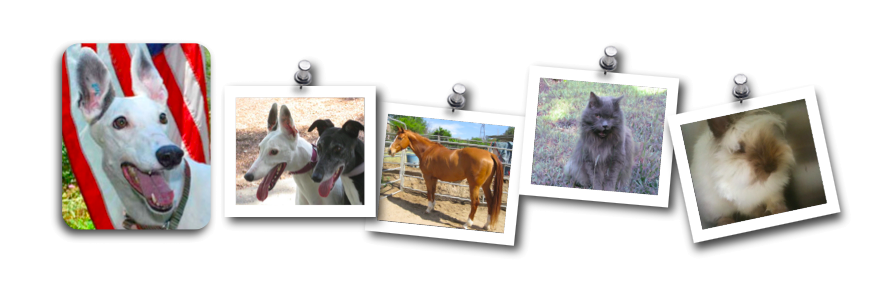by Jolanta Benal
Almost everybody who has lived with dogs has had that sinking feeling. You know the one: it comes when you’ve been out of the kitchen for a few minutes and suddenly realize that Dogalini is licking her chops. Also, the block of artisanal Cheddar you left on the counter is either inside her or wearing a cloak of invisibility, and since we’re not at Hogwarts, you know which it is. This week: stealing food, counter surfing, and what to do about it.
How to Stop Your Dog from Stealing Food
First, let’s get morality out of the way. Your counter-surfing canine may annoy the heck out of you, but she isn’t being “bad.” Our best evidence about dogs suggests that they evolved as scavengers of human garbage and waste. Scavengers . . . scavenge. They look for edible stuff that’s lying around unattended, and when they find some, they eat it. “My people are saving that artisanal Cheddar to impress their guests, so I’ll leave it alone and wait for my dinner to show up”--well, just no. Animals that pass up chances to take in calories don’t leave as many descendants as their better-nourished peers. Our anger can upset our dogs, sure, and they’d prefer to avoid it. But eating whatever they found is what kept their ancestors alive. That evolutionary history doesn’t vanish just because some dogs live in houses now and get regular meals.
You Can Stop Your Dog’s Counter Surfing
So how do you keep any dog who’s tall enough or agile enough from looking for food on your counter? After all, sooner or later, if he has a working nose, he’s going to notice the delectable smell of your Tofurkey wafting down. And, as the Los Angeles trainer Sarah Owings writes, “no matter what you do (rat traps, spray bottles, pennies in a can, a strict clean-up policy) counter surfing is still reinforced by that peek-a-boo glimpse ... at what my boyfriend likes to call ‘the realm of the gods.’” However, all is not lost. Your best defense combines management and training.
Prevent Your Dog’s Counter Surfing by Putting Food Away
“Management” means that you do your best never to give your dog access to unattended food. Clear the table or counter, or push the food back out of reach, or close the door. If you’re actively cooking, manage by crating your dog, putting her behind a baby gate, or tethering her.
Sarah’s right that even looking at empty counter space is rewarding--but at least it’s much less rewarding than actually finding something to eat. Every single time your dog gets lucky on your kitchen counters, he becomes likelier to try again. There was a cheesecake once! There might be another someday. If your dog’s experiments in vertical grazing never work out for him, he’ll try them less often.
By the way, I choose the example of cheesecake for a reason--our counters and tables make such attractive foraging sites because they offer huge potential bonanzas. When you’re frustrated with your dog’s counter surfing, bear in mind the California Gold Rush.
Punishment Is a Waste of Time
As for training, the old-school answer to counter surfing is the booby trap--the rat trap or penny can array that Sarah mentioned. A high-tech version, also known as the same-old, same-old wearing a new dress, is an indoor shock fence with a perimeter around the kitchen and dining area. Low tech, high tech, don’t waste your time. Plenty of dogs are unimpressed by booby traps, and supposing your dog is put off by yours, are you really going to set it up every single time you leave the kitchen for the rest of your dog’s life? Of course you’re not. And eventually every dog but the most timid is going to take a chance that the world won’t end if she jumps up. Besides, when you’re cooking, you yourself will need that counter space.
As for that most timid dog, the one who’s scared off counters forever by the rattling cans, you run the risk that clattering metal will also become scary forever. How fun for both of you when you drop your keys or take out empty cans for recycling. Shock systems cost big bucks, and even fans of these devices admit that just setting them up and turning on the juice is inhumane. Dogs need to be taught to heed the warning tone and avoid the shock. Finally, no punishment in the world can teach your dog what you do want. Spend your time on that instead, then pass Go and collect $200.
Teach Your Dog to Lie Down Instead of Stealing Food
Convince your dog that she can forage successfully by lying down.


No comments:
Post a Comment